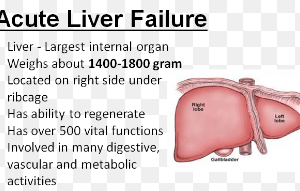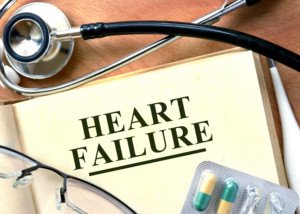
An ejection fraction of under 20 percent is frightfully low as far as survival…or is it?
“Having a low ejection fraction (absolute number) is not necessarily correlated to symptoms,” begins Pilar Stevens-Cohen, MD, FACC, Department of Cardiology, South Nassau Communities Hospital.
“For example, a person with an ejection fraction of 40 may be more symptomatic than one with an ejection fraction of 15.
“However, having systolic heart failure with an ejection fraction < 35, there is an increased mortality related to poor cardiac output and arrhythmias.
“Medication and ICD therapy when indicated may help manage symptoms and prevent arrhythmias; however, the mortality is still high.”
ICD stands for implantable cardioverter defibrillator.
“The biggest correlation with heart failure deaths is related to hospital admissions and renal failure/injury.
“Patients with renal failure and more than three hospitalizations in one year may have a mortality rate (one year) of >50 percent.”

Dr. Stevens-Cohen is board certified in cardiology, nuclear cardiology, echocardiography and internal medicine.
 Lorra Garrick has been covering medical, fitness and cybersecurity topics for many years, having written thousands of articles for print magazines and websites, including as a ghostwriter. She’s also a former ACE-certified personal trainer.
Lorra Garrick has been covering medical, fitness and cybersecurity topics for many years, having written thousands of articles for print magazines and websites, including as a ghostwriter. She’s also a former ACE-certified personal trainer.
.
Top image: Shutterstock/Rocketclips, Inc.
How Low Must Ejection Fraction Be for Congestive Heart Failure?
What’s a Normal Ejection Fraction for Elderly of Various Ages?
How to Increase Survival Odds with Very Low Ejection Fraction
Raising Ejection Fraction: Exercise & Other Lifestyle Changes


























